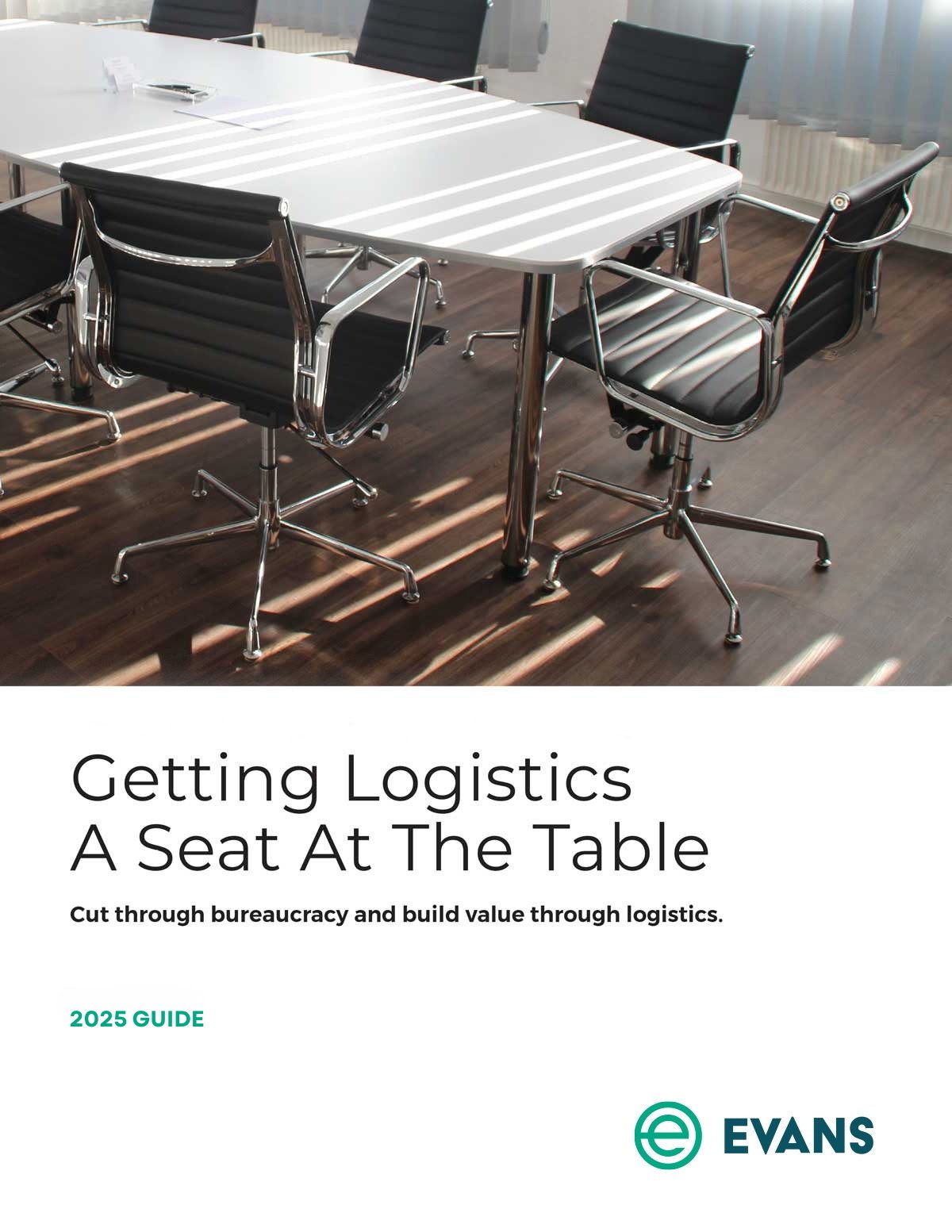Taking care of the particulars of food transportation
Food transportation requires getting the right products to their designated location at the right time, temperature, and price. Fulfilling the perfect order is, in fact, a tall order. We recently covered the common problems that come up in food transportation. With this post, we will take a closer look at claims and bills of lading (BOLs). Based on our many years of transporting food components, we know that your BOL is an often-overlooked tool in mitigating claims.
5 important BOL terms for food transportation
The specialized nature of food products makes claims more complicated than standard shipping claims. So how do you stay on top of claims prevention during the shipping process? A clear, specific BOL is the answer. Here are five terms to review when completing the BOL for your food shipment:
1. Temperature control
For food that requires refrigeration, specify the appropriate temperature range. Even food that does not require refrigeration may need a temperature specification. For example, you may ship liquids that cannot freeze, and depending on the time of year, cold weather could threaten your food shipment.
2. Due date
Food shipments often include components that are time-critical. Your supply chain needs may require time built in to ensure on-time delivery. Specifying a due date on the BOL provides protection in the event of a delay.

